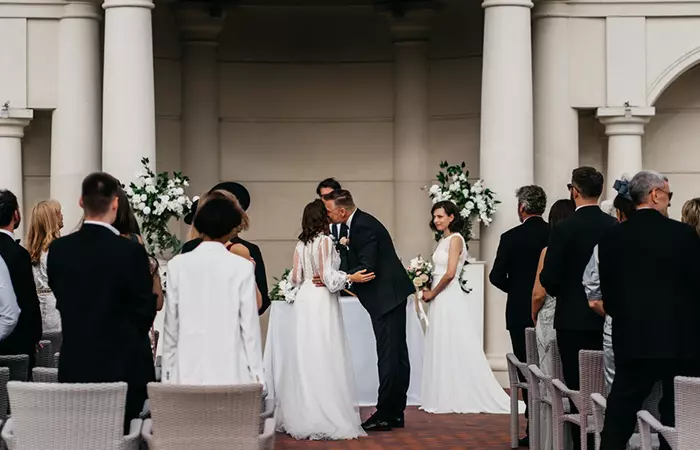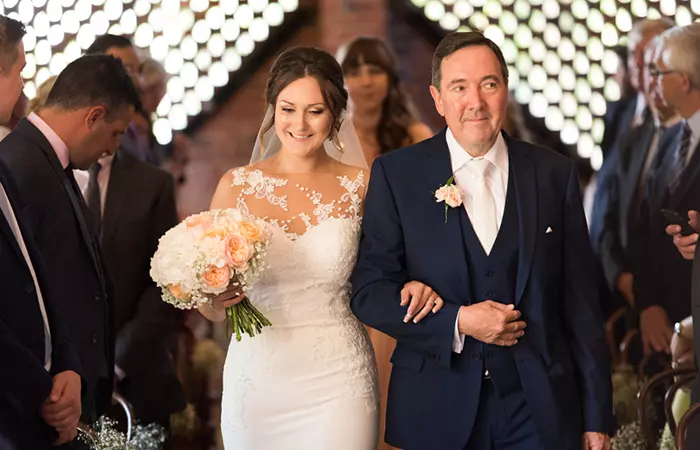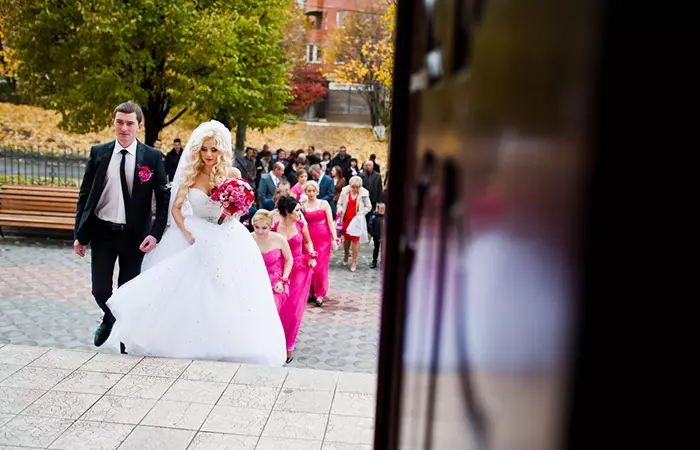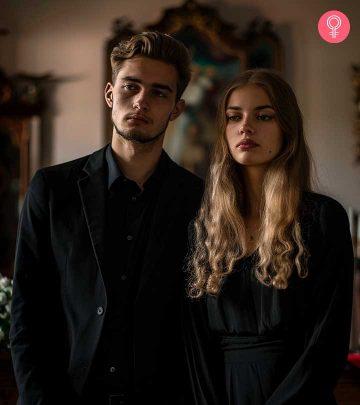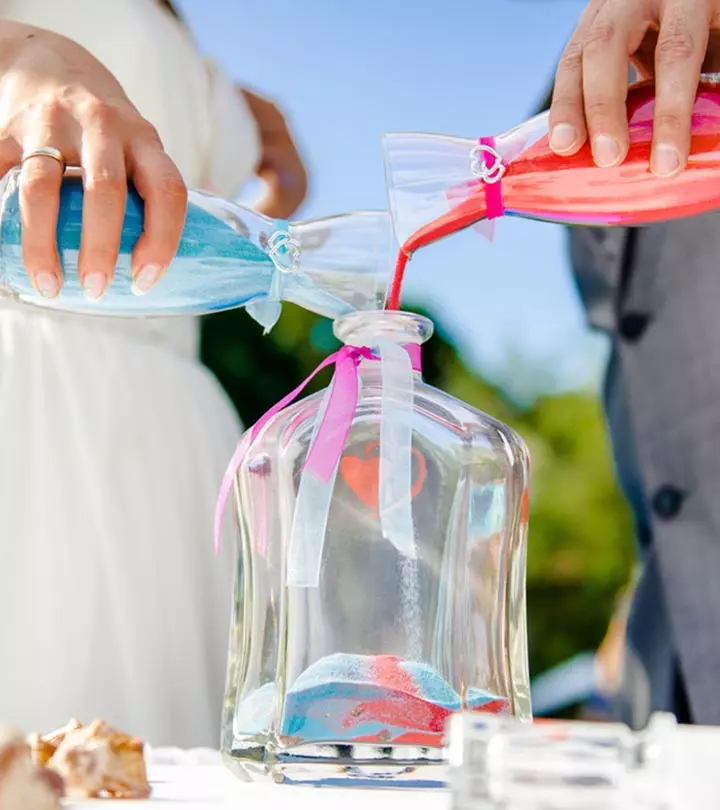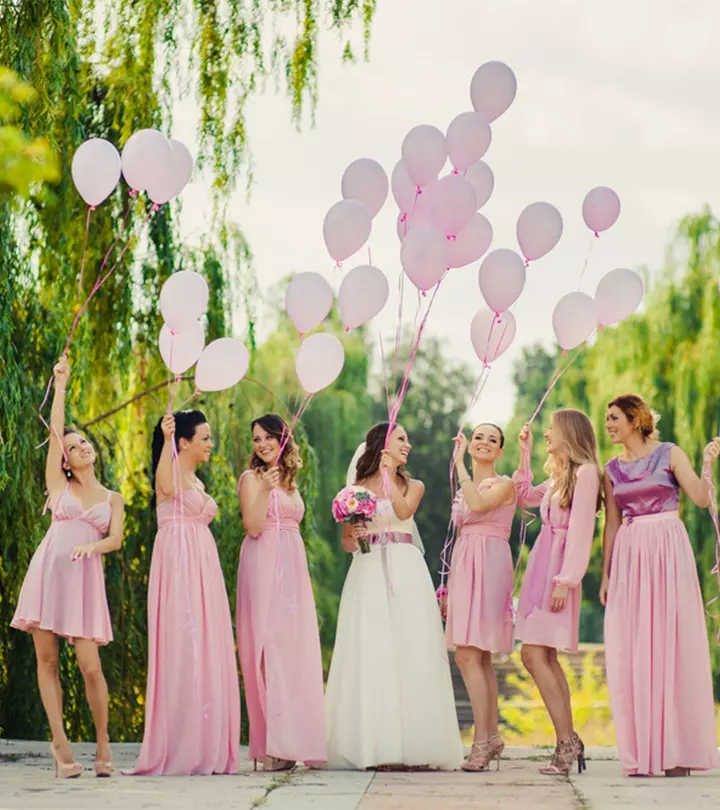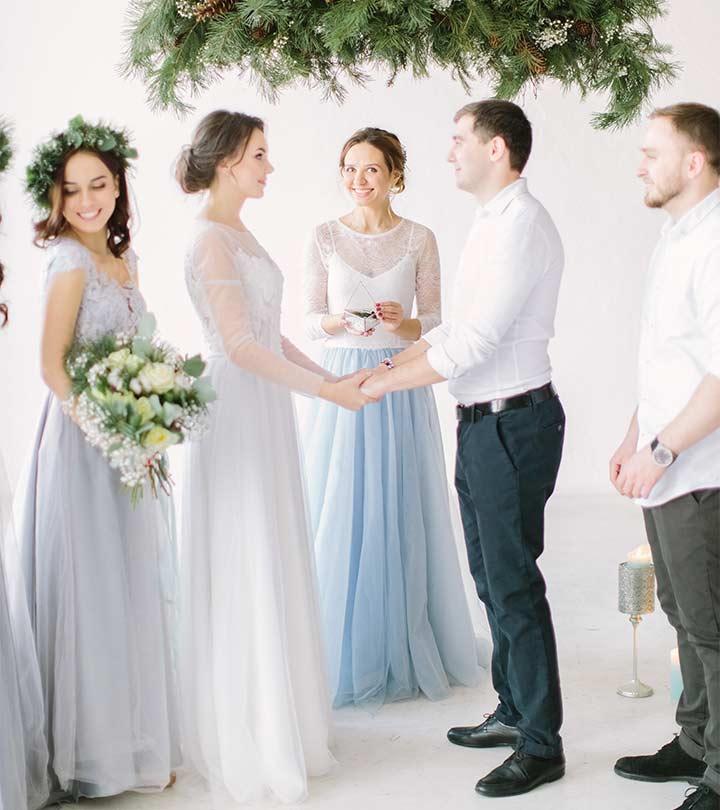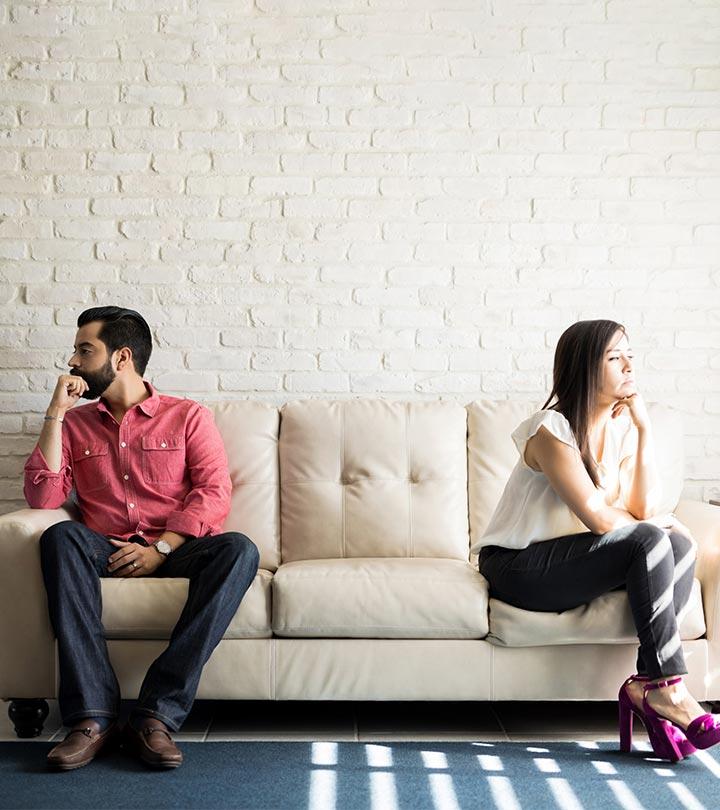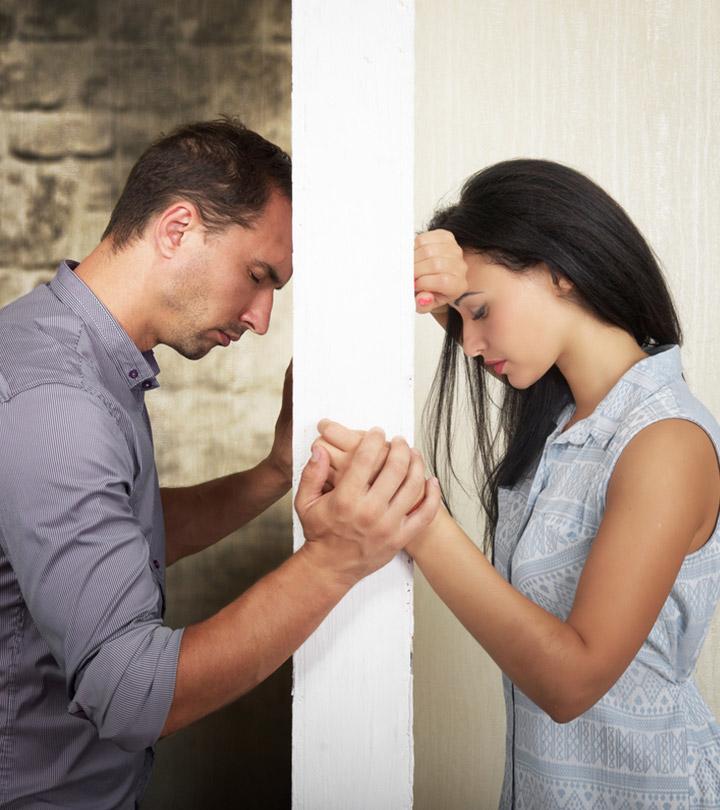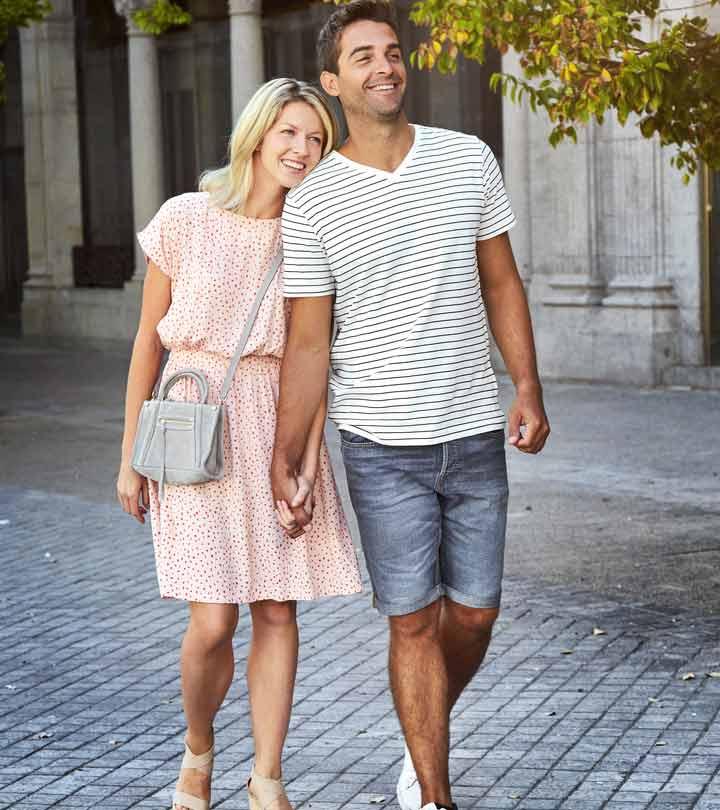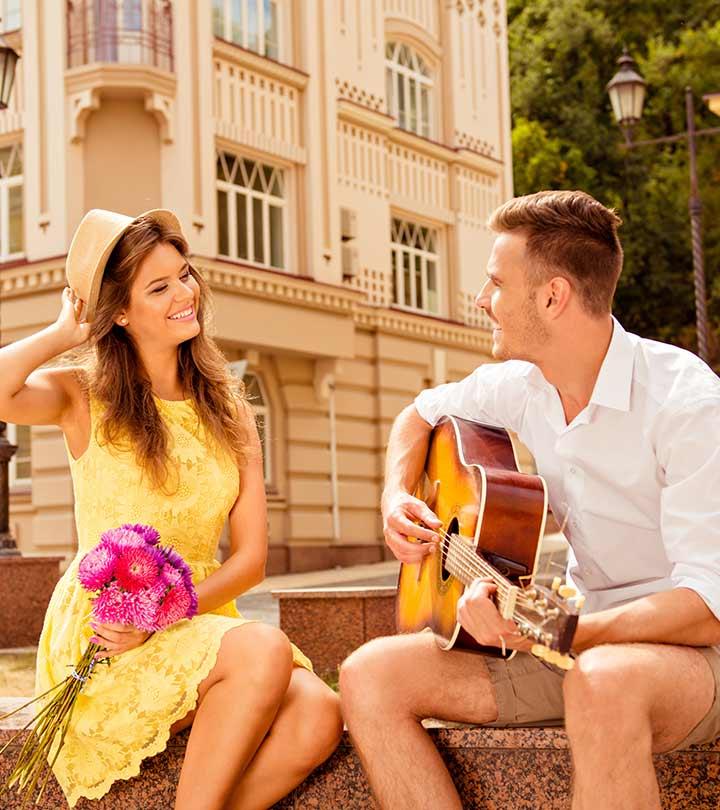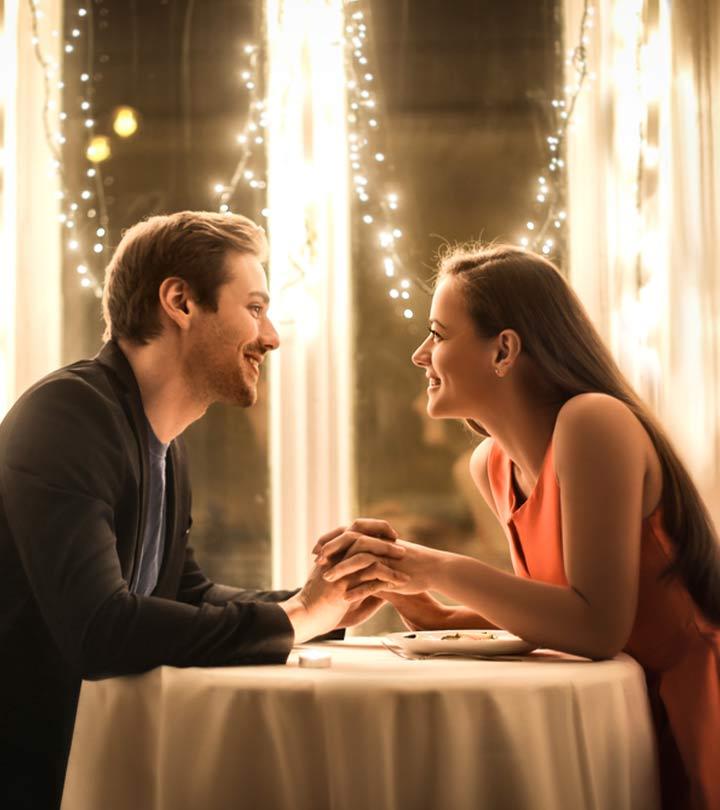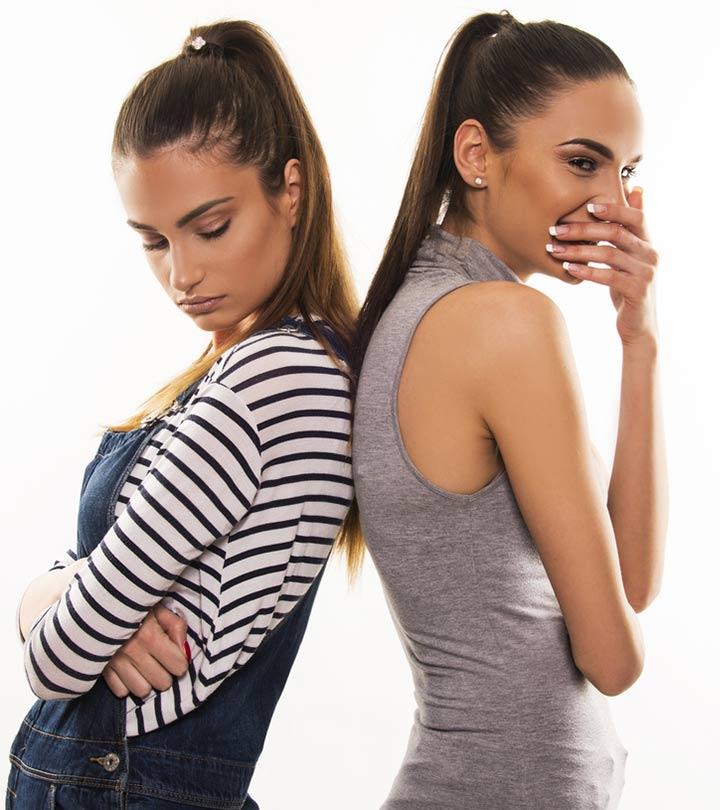Wedding Processional Order: A Complete Guide
A quick look at the order of different wedding processions - catholic, modern, & traditional

Image: Shutterstock
Wedding moments are always special, no matter what ceremonies and rituals one follows. The bridal march is one such highlight of the wedding, and thus, it needs to be extravagant. The breathtaking instance when a bride walks down the aisle and everyone looks at her in awe is something that every bride-to-be desires.
However, just like other rituals vary with religion, region, and other factors, the wedding processional order can differ according to the host’s preference and belief. This article talks about wedding processional orders — Catholic, modern, and traditional — in detail. Read on!
In This Article
What Is A Wedding Processional Order?
A wedding processional refers to a set of people walking down the aisle in a specific order, initiating the wedding proceedings. Deciding the wedding processional order isn’t as simple as you might think. There are lots of considerations, choices, and rituals to follow.
A normal wedding processional includes important people for the couple. It is usually dictated by the traditional customs of a Christian wedding and comprises the officiant, ushers, bridesmaid, ring bearer, flower girl, bride, groom, and parents of the bride and groom. While a few Christians follow this basic order, modern wedding processional styles vary greatly.
You can personalize your wedding processional order according to your preference and even outline something creative. Choose from the Catholic, modern, and traditional wedding processional orders detailed in the sections below, or create one of your own.
Catholic Wedding Processional Order
A Catholic wedding processional order involves an entire crew of people walking down the aisle, depending on the arrangement of the party. In a Catholic wedding, the father aides the bride to the altar and gives her away only after taking the seat. The order of a Catholic wedding processional is:
- Officiant
The officiant leads the procession in the ceremony, marking the beginning of the wedding. This person usually stands at the center of the altar.
- Groom
The groom’s entrance is a bit different compared to the usual processional order. Here, the groom enters from a corner and stands at the right side of the platform.
- Best Man
The best man follows the groom and might hold the wedding rings. They also enter from the side and stand next to the groom.
- Groomsmen And Bridesmaids
In the Catholic style, the bridesmaids and groomsmen walk down the aisle in pairs. Usually, the groomsmen stay on the right side, while the bridesmaids are on the left. They walk to the front of the altar and form a diagonal line so that the couple can be viewed well by the guests during the ceremony.
- Maid Of Honor
The maid of honor conducts a final check of the bride’s dress, veil, and makeup and walks solo. They stand beside the bride, specifically on their left side. The maid of honor also holds the bouquet for the bride during the rituals.
- Ring Bearer And Flower Girl
According to Catholic principles, the ring bearer and the flower girl can walk together or solo. The ring bearer usually takes the position next to the parents. Traditionally, the ring bearer carries the wedding rings tied to a little pillow. On the other hand, the flower girl tosses flower petals along the way and sits with the parents.
- The Bride Along With Father
Finally, the bride walks down the aisle with her father. As they reach the altar, the father lifts the bride’s veil and kisses her. After this, the bride approaches the officiant, and the father takes a seat in the first row on the left.
The good thing about the wedding processional order is you can customize it according to your choice. The modern wedding processional can either have a lot of people or just the couple. It all depends upon the size or grandeur of the ceremony. The next section details one of the many ways you can decide to keep your wedding processional order in the modern setting.
 Quick Tip
Quick TipModern Wedding Processional Order
The modern wedding processional order follows two traditions: one of the Christian weddings and the other of Jewish wedding ceremonies. In recent weddings, the groom also walks down the aisle just like the bride. After all, it is his wedding too, isn’t it? The order can be as follows:
- Officiant
The officiant walks first and takes his place at the center of the altar. They may either enter from the side or be the first ones to enter with the wedding processional.
- Groom’s Grandparents
The groom’s grandparents walk down the pathway and take a side on the platform. Later, they sit on one side in the first row.
- Bride’s Grandparents
The bride’s grandparents come next and take the seat opposite the groom’s grandparents in the first row.
- Groom’s Parents
The groom’s parents walk down the aisle. It is customary for them to stand on the right side of the couple during the ceremony. This is usually followed in Cristian weddings. For Jewish ceremonies, it is the opposite.
- Bride’s Mother
The entrance of the bride’s mother indicates that the ceremony has begun. She walks down the pathway and occupies her seat in the first row on the left.
- Groom
The groom also walks down the aisle in the modern wedding processional order and stands near the altar. At times, they are also accompanied by the best man.
- Best Man
The best man acts as a legal witness and walks down the aisle. They might either hold both the rings or just the groom’s ring.
- Groomsmen
The groomsmen enter the procession and stand by the side of the groom.
- Bridesmaids
The bridesmaids also enter the aisle and stand by the side of the bride. Bridesmaids and groomsmen may also walk down the aisle together.
- Maid Of Honor
The maid of honor (or matron of honor) assists the bride and gives her the final touchup. The matron (referring to a married woman chosen as the maid of honor) or the maid (referring to an unmarried woman chosen as the maid of honor) also stands by the side of the bride near the altar.
- Ring Bearer And Flower Girl
The ring bearer usually carries the rings if the best man doesn’t carry them. Melanie Levin, our expert event planner from Southern California, says “If the ring bearer is young, we’ll put fake rings on the pillow so as not to lose them”. The flower girl spreads flower petals all through the aisle.
- Bride And Bride’s Father
Finally, the bride enters with her father on her right side. It marks the end of the processional order. Later on, the father joins the bride’s mother in the front row.
 Quick Tip
Quick TipThe traditional processional order for any Christian or non-religious wedding ceremony includes an order that is quite different from the Catholic or the modern form. Read on to know more.
Traditional Wedding Processional Order
The traditional wedding processional order goes as follows:
- Bride’s Mother
The entrance of the bride’s mother signals the beginning of the wedding process. They reach the end of the aisle and sit on the left side of the first row.
Note: The left side seating is typical for traditional Christian weddings. It may vary with other religions or customs.
- Groom
The groom enters the stage from the side and stands in front of the altar. Many choose to walk down the aisle as well.
- Best Man
The best man might come with the groom or walk alone. They might hold the rings as well. They usually stand next to the groom.
- Groomsmen
The groomsmen walk down the aisle and stand by the groom’s side.
- Bridesmaids
The bridesmaids also walk down the pathway and stand by the bride. The bridesmaids and groomsmen might walk down in pairs as well.
- Maid Of Honor
The maid of honor assists the bride and makes sure that everything is perfect. Then, they stand by the side of the altar and hold the bouquet for the bride when needed.
- Flower Girl And Ring Bearers
The flower girl and the ring bearer lead the bride down the aisle. The flower girl scatters white or light pink flower petals (typically brightly colored petals are avoided due to the risk of staining) along the pathway. On the other hand, the ring bearer holds the rings for the couple if the best man doesn’t carry them.
- Bride And Bride’s Father
The bride’s father walks the pathway with the bride and gives them away by kissing them as a sign of blessing. The bride walks to the altar, and the father sits beside the bride’s mother in the front row.
Infographic: Guide To The Wedding Processional Order
In Christian weddings, the wedding processional order is a particular order in which the people walk down the aisle. Interestingly, there can be three types: the Catholic wedding processional order, the modern wedding processional order, and the traditional wedding processional order. These might sound simple; however, this order is very crucial in a wedding ceremony and must be followed duly. Check out the below infographic to know more.

Illustration: StyleCraze Design Team
Wedding processional orders vary according to traditional, Catholic, and modern wedding customs. It is important to note that the terms “traditional and modern” are not in line with any religion. Different religions have their own traditional and modern orders. However, despite the differences, it primarily refers to a particular order in which people walk down the aisle to signal the commencement of the wedding ceremony. The officiant, ring bearer, flower girl, and bride are part of every variation of the wedding procession. The groom’s presence, the maid of honor, the bride’s parents, the groom’s parents or grandparents, and the maids of honor in the processional order vary according to different customs. In modern weddings, you have the liberty to choose and customize your wedding procession and keep it as high or low-key as you want.
Frequently Asked Questions
Who walks the mother of the groom down the aisle?
The groom may choose to walk their mother down the aisle with their father behind them or a groomsman can do the honors. Likewise, the parents of the groom can walk down together.
Who walks the mother of the bride to her seat?
A groomsman traditionally walks the bride’s mother to her seat.
Does the mother of the bride sit on the aisle?
No. The aisle is a pathway between the seats, to walk down on. The bride’s mother and the family sit at the front of the aisle, usually to the left row of seats in the front.
What is the groom’s mother responsible for?
The groom’s mother is responsible for planning rehearsal dinners and reception activities from the groom’s family’s side.
Key Takeaways
- A wedding procession comprises the officiant, bridesmaid, ring bearer, flower girl, and bride.
- In a Catholic wedding, the father aides the bride to the platform and gives them away only after taking the seat.
- The modern wedding processional order follows the traditions of both Christian and Jewish wedding ceremonies.
Planning your dream wedding? Click on the following video and learn the art of ordering your wedding processional. From selecting music to coordinating entrances, gain valuable insights to create a seamless and memorable ceremony.
Read full bio of Melanie Levin
Read full bio of Shatabdi Bhattacharya
Read full bio of Sneha Tete





